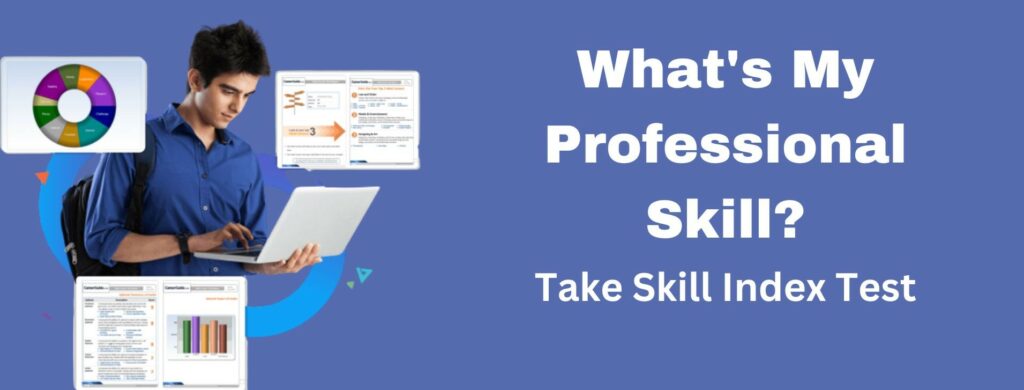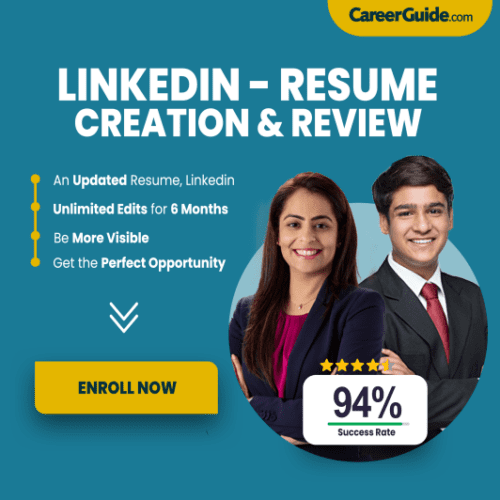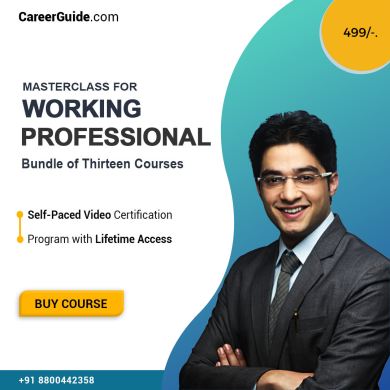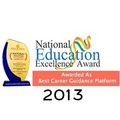As important as it is to prepare for an interview, remember that the interviewer is a person just like you – they are also influenced by cognitive bias and preferences. Here are some certain subtle psychological tricks that increase the chances of you being hired.
- When you first meet your interviewer, make eye contact with them
- The time of your interview makes a lot of difference
- Use the chameleon effect
- Choose your outfit color to project what you want the interviewer to perceive you as
- Give answers tailored according to the interviewer’s age
- How you place your hands matters
- Say thank you at the end of the interview
- Linkedin & Resume Review Service
- FAQS About Psychological Tricks to crack a Job Interview
When you first meet your interviewer, make eye contact with them
According to research, people who establish constant eye contact while speaking are thought to be smarter than those who do not. Eye contact builds trust, shows your interest and that you are a good listener.
The time of your interview makes a lot of difference
The best time for an interview is not when you are up for an interview, but rather when the interviewer is ready to take the interview. In case you get the chance to choose the time yourself, prefer the timing of 10:30 a.m. in the morning on a Tuesday. This is usually the time a recruiter is relatively free and relaxed. In general, avoid interviews early in the morning, or the last thing in the day. Early mornings usually tend to have the interviewer preoccupied with other things needed to be finished in the day, while at the end of the day the interviewer would be thinking about going home.
Use the chameleon effect
The “chameleon effect” is a psychological phenomenon in which people are more likely to like each other when they have a similar body language. For example, if your interviewer is leaning forward on the table with hands on it, copy the same. Most of the time the interviewer wouldn’t even notice, but at the sub-conscious level, it creates an impression you are a team player.
Choose your outfit color to project what you want the interviewer to perceive you as
The color of your outfit in an interview shows what kind of person you are. It sub-consciously affects the mind of the interviewer. Blue signifies that you are a team player, and is usually the most preferred color to wear. Then comes blacks, with shows potential as a leader. A white outfit is a symbol of an organized person, while grey means you’re trying say you’re an analytical person who works likes to work on a logical base. Red suggests powerfulness, and brown is a sign of dependability. That being said, orange is not a color to wear to interviews, it suggests a candidate is unprofessional.
Give answers tailored according to the interviewer's age
According to the age of the interviewer, you could expect what kind of answers they would want to hear from you. for an interviewer between 20 and 30 years, aka the Generation Y, use visual representations of the works you’ve done and emphasize your multitasking abilities. Generation X interviewers, aged between 30 and 50 years prefer to hear about creativity and how your work-life balance has been important for your success.
The Baby Boomers, i.e., interviewers who are between 50 and 70 years would like to know that you are a hard worker. They’d also appreciate if you show respect for what they’ve achieved themselves. Silent Generation interviewers, the ones between 70 and 90, like to hear about your loyalty and how you’ve shown your commitment to jobs you’ve worked in before.
How you place your hands matters
In a job interview, your hand gestures add to the overall impression you make on the interviewer. Keeping your palms open is a sign of sincerity. Making a steeple with your hands by pressing the hand’s fingertips together shows confidence of a candidate. Avoid holding your palms downward, it signifies dominance. Also avoid hiding your hands, it makes it feel like you’re hiding something; while tapping your fingers, shows impatience and folding your arms, is perceived as a sign of disappointment. Hands gestures should be used in a limited way, overusing hand gestures could be distracting.
Say thank you at the end of the interview
While saying thank you to show your gratitude is an underestimated action, it certainly enhances how the interviewer feels.
As important it is to be prepared about the technical aspects of an interview, it is also important to show your likability to interviewers, to increase your chances of getting selected for the job. Use these psychological tricks next time and increase your chances in landing in your dream job.
LinkedIn & Resume Review Service
A LinkedIn & Resume review service can provide valuable feedback on how to improve your LinkedIn profile. It can help you create a more professional and engaging profile that highlights your skills and experiences. A LinkedIn review service will analyze your profile and offer suggestions on how to optimize it. This includes recommendations on how to write a compelling headline, summary, and work experience descriptions. It can also suggest ways to improve your profile picture, background image, and other visual elements. Know More Details on LinkedIn & Resume review service .
FAQS About Psychology Tricks
Q. What are some psychology tricks that can be useful during an interview?
A. Subtly mirror the body language and tone of the interviewer to build rapport and create a sense of connection.Show genuine interest and engagement by maintaining eye contact, nodding, and providing verbal cues to indicate you are actively listening.Share relevant stories and examples from your experiences to make your responses more engaging and memorable.
Q. How can I effectively use body language during an interview?
A. Body language plays a crucial role in interviews. Sit up straight and avoid slouching to convey confidence and attentiveness.Use natural and appropriate hand gestures to enhance your communication and emphasize important points. Smile genuinely to create a positive impression and nod to show understanding and agreement.
Q. How can I build rapport with the interviewer using psychology tricks?
A. Building rapport is important for establishing a positive connection with the interviewer. Subtly mirror the interviewer’s body language and energy level. For example, if they are leaning forward and engaged, you can do the same to create a sense of similarity and rapport. Look for shared interests, experiences, or connections and bring them up during the conversation. This helps create a sense of familiarity and connection


















